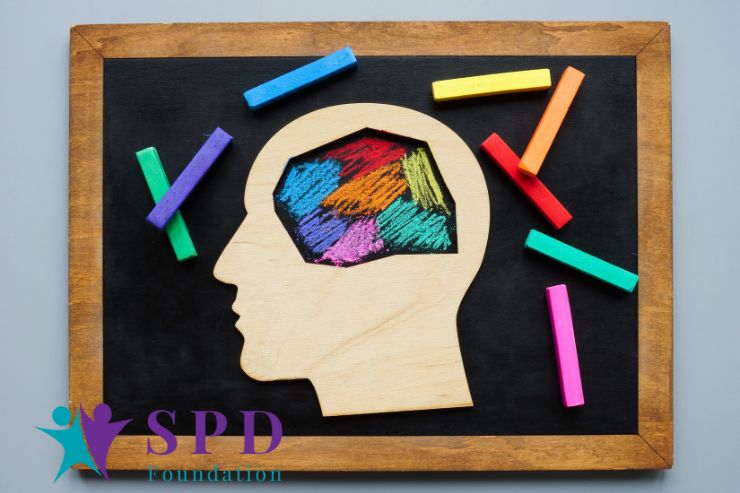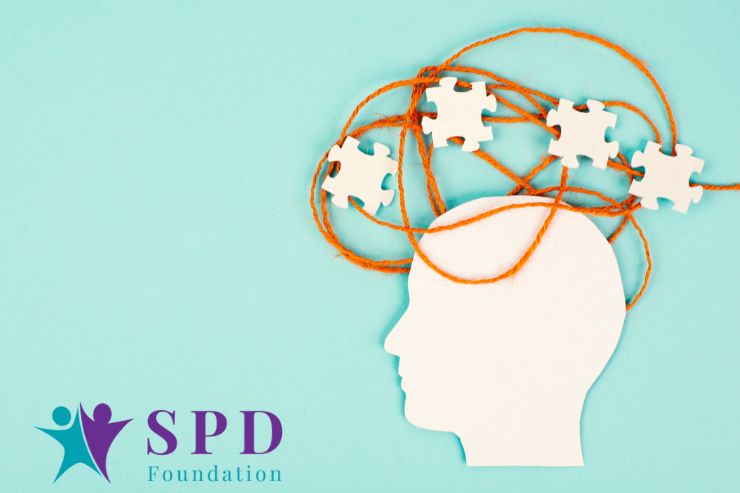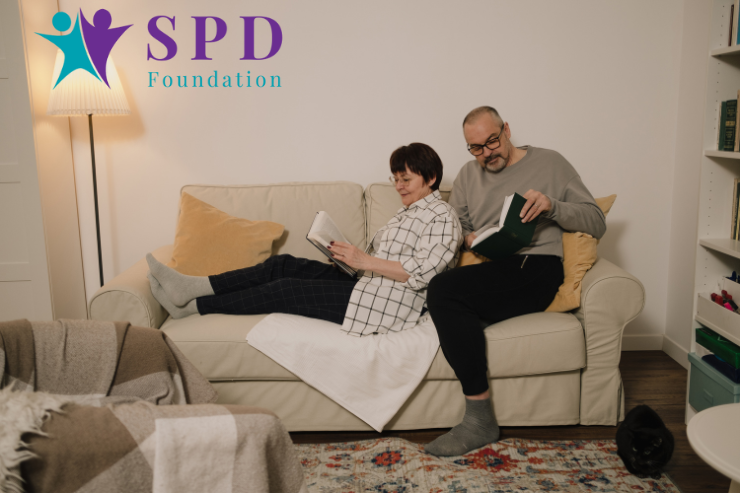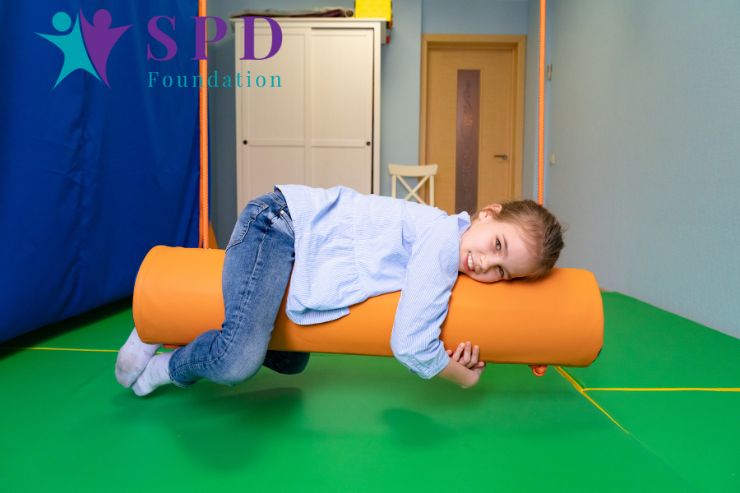When two disorders co-exist in one person, the phenomenon is known as “comorbidity.” The SPD Foundation has sponsored and conducted a number of studies into the comorbidity of SPD with other common childhood disorders such as ADHD, autistic spectrum disorders including Asperger’s, Fragile X Syndrome, Prader-Willi Syndrome, and other diagnoses.
SPD and Autism

Children whose Sensory Processing Disorder conforms to the under-responsivity subtype typically require a great deal of stimulation in order to become alert and active, a behavior often seen in children with autistic spectrum disorders. Meanwhile, other children with ASD have symptoms more similar to the over-responsive subtype of SPD. Because Autism and SPD both have over-responding and under-responding categories, they are sometimes mistaken for another.
The relationship between SPD and Autism is an area of great interest to scientists and families living with the condition. Studies by the SPD Foundation suggest that more than three-quarters of children with autistic spectrum disorders have significant symptoms of Sensory Processing Disorder.
However, the reverse is not true. Most children with SPD do not have an autistic spectrum disorder! Our research suggests that the two conditions are distinct disorders just as SPD and ADHD are different disorders.
Many children with special needs have sensory sensitivities. Be aware of your child’s sensitivities and make accommodations as necessary. For example, if your child is sensitive to noise, consider using noise-canceling headphones. If they are sensitive to bright lights, bring sunglasses or a hat to help reduce glare.
Comfort Items: Bring along comfort items that your child finds soothing or calming. This could be a favorite toy, blanket, or fidget toy. Having something familiar can help your child feel more at ease in unfamiliar environments. To keep head up with daily-basis activities with SPD child visit this page.
The appropriate intervention relies upon an accurate diagnosis. Pursuing an evaluation for SPD by a qualified occupational therapist with sensory integration training facilitates diagnosis that distinguishes autistic spectrum issues from sensory issues. This distinction increases the likelihood that your child will receive the appropriate treatment for his or her neurological conditions.
With further research into the relationship between SPD and autistic spectrum disorders, the SPD Foundation hopes to facilitate better more appropriate inventions for all children who have either – or both – SPD and Autism.
SPD and ADHD

Scientists and parents alike are keenly interested in understanding the relationship between SPD and Attention Deficit Disorder (ADHD), a better-known condition that is frequently treated with medication. Although the neurological basis of the two disorders is different, children with the sensory-seeking subtype of SPD are especially likely to be diagnosed and treated for ADHD because their behaviors are similar to behaviors in children with Attention Deficit Disorder.
Studies by SPD Foundation suggest that SPD and ADHD are unique disorders, each with its own distinct symptoms. This means that SPD is not simply a type of ADHD, and ADHD is not simply a subtype of SPD. However, an estimated 40 to 60 percent of the children with one disorder also have symptoms of the other.
Appropriate intervention for any disorder relies upon an accurate diagnosis. Pursuing a sensory evaluation by a qualified occupational therapist with advanced training in sensory integration training facilitates diagnosis that distinguishes attention deficit issues from sensory issues. This distinction increases the likelihood that your child will receive the appropriate treatment for his or her neurological conditions. Click Treatment Directory to locate an OT near you.
With further research into the relationship between SPD and ADHD, the SPD Foundation hopes to lay a science-based foundation for more precise diagnosis of both disorders, paving the way for better invention for all children with either one.







